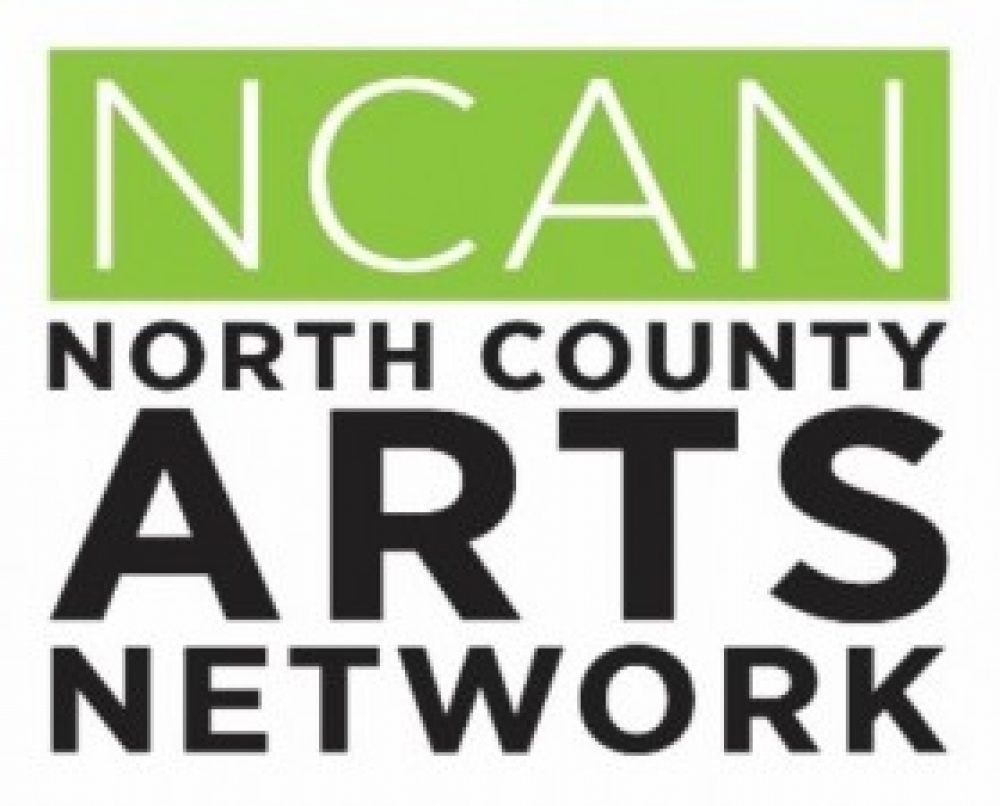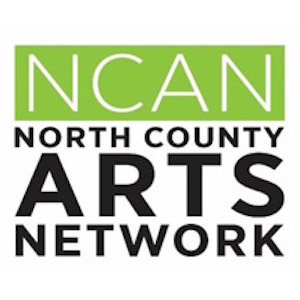WASHINGTON — An emerging body of evidence suggests that integrating STEMM fields (science, technology, engineering, mathematics, and medicine) with the humanities and arts in higher education is associated with positive learning outcomes that may help students enter the workforce, live enriched lives, and become active and informed citizens, says a new report from the National Academies of Sciences, Engineering, and Medicine. Colleges and universities should consider developing, implementing, and evaluating programs that integrate these fields, said the committee that conducted the study and wrote the report.
The report examines an important trend in higher education: programs that intentionally seek to bridge the knowledge and types of inquiry from multiple disciplines – the humanities, arts, sciences, engineering, technology, mathematics, and medicine – within a single course or program of study. Professors in these programs help students make connections among these disciplines in an effort to enrich and improve learning. The movement toward integration is occurring in part as a response to a higher education system that has become increasingly specialized and isolated by discipline. The National Academies were asked to examine evidence on the outcomes of integrative approaches for undergraduate and graduate students. The report also includes a compendium of more than 200 integrated programs and courses at universities and colleges across the U.S.
There is limited but promising evidence that a variety of positive learning outcomes are associated with some integrative approaches – including improved written and oral communication skills, content mastery, problem solving, teamwork skills, ethical decision-making, empathy, and the ability to apply knowledge in real-world settings, the report says. Surveys show that these skills are valued both by employers and by higher education institutions.
“Public discourse has increasingly reflected a tension about whether higher education should be focused primarily on developing practical workforce skills or more broadly on fostering an enlightened, engaged citizenry,” said David Skorton, secretary of the Smithsonian Institution, and chair of the study committee. “But evidence suggests that integrating the STEMM fields with the arts and humanities is linked to learning outcomes that support both of those goals, and that serve students well in many aspects of life.”
While the current evidence base limited the committee’s ability to draw causal links between integrative curricula and student learning and career outcomes, it is the committee’s consensus opinion that the available evidence is sufficient to urge institutions to support courses and programs that integrate the arts and humanities with STEMM in higher education – and to evaluate them as they move forward, the report says.
Individual campus departments and schools, campus-wide teams, and campus-employer collaborators should consider developing and implementing new models and programs that integrate the arts, humanities, and STEMM fields, the report says. Programs should include a strong evaluation component to measure the effect of these programs on student learning and workforce readiness, and these evaluations should include longitudinal studies of student outcomes. Institutions should also work to sustain ongoing integrative efforts that have shown promise.
When implementing integrative curricula, faculty, administrators, and accrediting bodies need to identify and mitigate constraints – such as tenure and promotion criteria, institutional budget models, workloads, accreditation, and funding sources – that hinder integrative efforts in higher education, the report says.
Many of the observations and conclusions made of integration at the undergraduate level apply as well to graduate education, the report notes. Preparing the next generation of graduate students to solve the increasingly complicated problems of the 21st century may necessitate a shift toward integration in graduate research and education. Established integrative fields – for example, bioethics; science, technology, and society; women’s studies; and sustainability — offer models of successful integrative graduate-level programs.
In addition, the report recommends that professional artistic, humanistic, scientific, and engineering societies work together to build and study integrative pilot programs to support student learning and innovative scholarship at the intersection of disciplines.
The report also recommends a new nationwide effort to collect a robust and multifaceted body of evidence that the broader educational community can apply to specific settings throughout the vast and complex landscape of American higher education. The committee identified two potential ways forward: Institutions with specific expertise in student learning outcomes (for example, schools of education) could take a leadership role in future research endeavors, or several institutions could form a collaboration under the auspices of a national organization (such as a higher education association) to carry out a coordinated research effort. In addition, institutions and employers should further collaborate to better understand how graduates who participated in courses and programs fare in the workplace throughout their careers.
Further research also should examine how integrative educational models can promote the representation of women and underrepresented minorities in specific areas of the natural sciences, social sciences, technology, engineering, mathematics, medicine, arts, and humanities, and all research efforts should account for whether the benefits of an integrative approach are realized equitably.
The report recognizes the great value of the individual disciplines and does not argue that integrative models should necessarily supplant discipline-based courses or programs. Rather, it stresses the value of integrative approaches in an increasingly complex world. “Given that today’s challenges and opportunities are at once technical and human, responding to them calls for the full range of human knowledge and creativity,” said Skorton.
The study was sponsored by the Andrew W. Mellon Foundation, the National Endowment for the Humanities, the National Endowment for the Arts, and the Scientists and Engineers for the Future Fund of the National Academies’ Presidents’ Committee. The National Academies of Sciences, Engineering, and Medicine are private, nonprofit institutions that provide independent, objective analysis and advice to the nation to solve complex problems and inform public policy decisions related to science, technology, and medicine. The National Academies operate under an 1863 congressional charter to the National Academy of Sciences, signed by President Lincoln. For more information, visit http://national-academies.org.
This article was sent to NCAN by John Eger
Van Deerlin Endowed Chair of Communication and Public Policy
School of Journalism and Media Studies
College of Fine Arts and Professional Studies
San Diego State University


